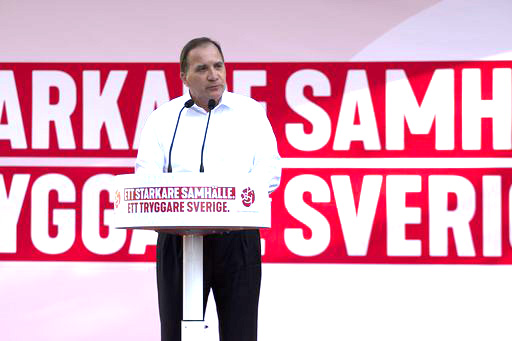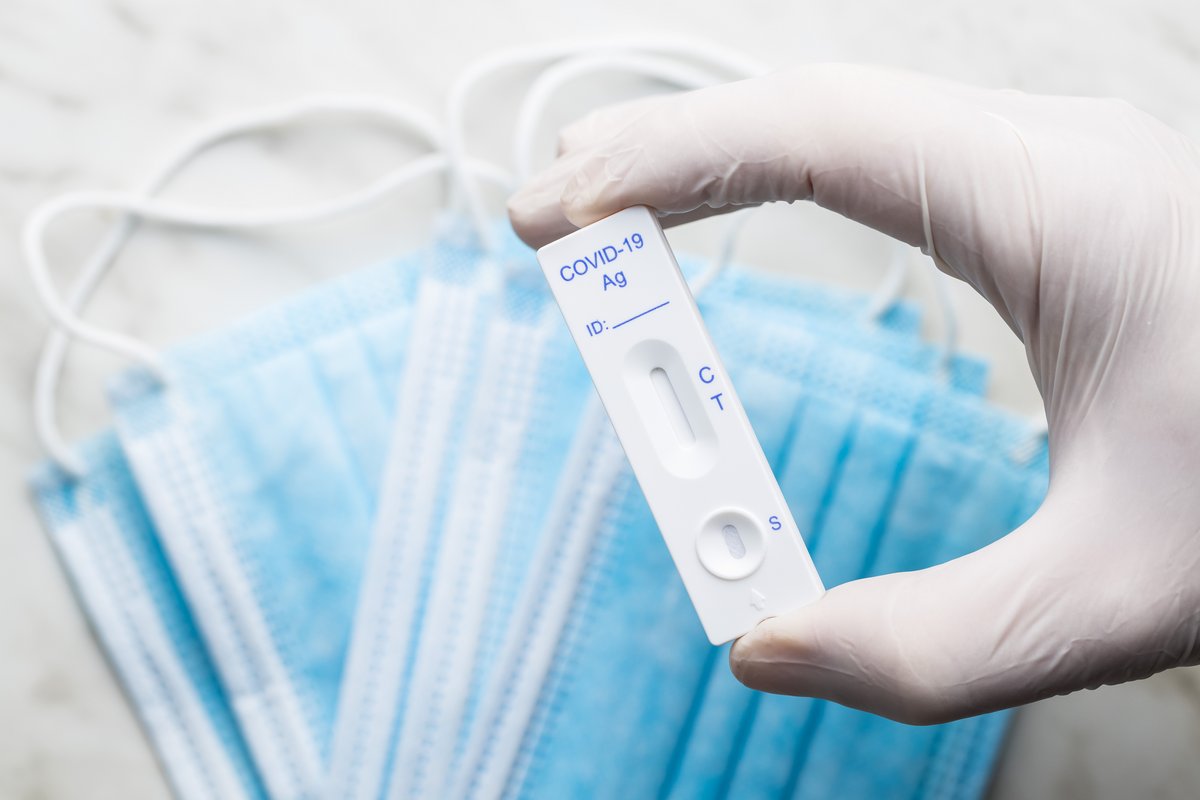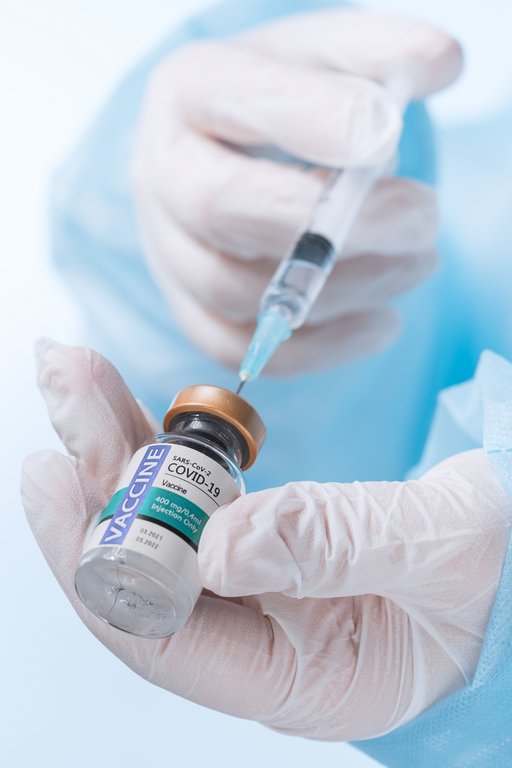Scandinavian Municipalities and COVID-19
Responses to the pandemic challenge local autonomy.
Summary: The COVID-19 pandemic challenged the Nordic model of local self-government. The municipal level is democratically important in the Nordics as it keeps decision-making close to the people. Crises should be managed at the lowest possible level, but COVID-19 challenged that ideal. Note: This article focuses on Denmark, Norway and Sweden.
One aspect of ‘the Nordic Model’ which is often overlooked is the high degree of local autonomy through systems of municipal self-government. All the Nordic countries have developed plans for how different kinds of crisis should be managed based on the central principle of subsidiarity/proximity, meaning that they should be managed at the lowest possible level. However, during the pandemic, we could all observe differences between the Nordic countries in terms of the role municipalities had in managing the crisis. Some Nordic governments – notably in Denmark – took over crisis management from municipalities in nearly all aspects, while in others – notably in Norway – continued to exercise quite wide powers.
The essence of local self-government
From the time of the French Revolution in the eighteenth century, local self-government began to be perceived around the world as an important arena for the realization of people's sovereignty. It played an important role in democracy, partly by virtue of education and through people’s participation in elections and decision-making at the local level. If we jump to the Nordic countries in the second half of the nineteenth century, local self-government was all about local regions having freedom from a central authority, and as such local autonomy was a negative right. Gradually, though, local self-government became increasingly concerned with positive rights, such as the right to act without consent from a central authority. Importantly, local self-government was – and still is – perceived as enhancing efficiency because local needs are best identified and solved in the local environment – by people with the requisite knowledge. This enhances coordination and results in more efficient allocation of resources. (See more on this in Baldersheim and Rose’s Det kommunale laboratorium ‘Demokratiteori – Forventninger og virkelighet’ (in Norwegian)).

However, during the second half of the twentieth century, local self-government became more restricted in parallel with the development of the welfare state; standardization of the provision of welfare services by national laws and regulations significantly narrowed municipalities’ decision-making powers and freedom to act. Yet, the central principle of proximity in preparedness and crisis management remained – and remains – important. Today, it is one of four central pillars in contingency and crisis preparedness and management in Iceland, Finland, Denmark, Norway and Sweden (which can be seen by their national risk assessments). Thus, municipalities are generally quite free to organize their crisis management within the framework of the geographical area for which they have responsibility.
Balancing power with rights: Municipalities no exception
The infection control measures during the pandemic led to the extreme restriction of several human rights. For instance, the restriction on freedom of movement through border controls – both between municipalities and between countries – especially affected people’s private and work life in certain regions. Given that the Nordic countries are generally perceived, and indeed promote themselves, as humanitarian powers and ‘guardians’ of human rights, implementing measures that encroached on these stood in stark contrast to this image. One yardstick to measure whether local regulations were too far-reaching or not is whether they can be considered proportionate in the circumstances.
How do we assess the proportionality of local decision-making?
In assessing whether a restriction of a fundamental right such as freedom of movement is proportional, courts frequently apply the proportionality test. Because local decision-makers in certain circumstances have the power to infringe on human rights in administrative decision-making and these decisions might be legally contested, both citizens and decision-makers benefit from being able to assess the proportionality of measures by applying the following test:
1. Assess if the regulation is legitimate by asking whether it has a proper purpose.
2. Assess the suitability by asking whether there is a rational connection between the aim and the means.
3. Assess the necessity by asking if the measure in question is necessary. For example, it should not impair any particular right more than necessary, and alternative and reasonable means should be considered.
4. Analyze the realization of a public good, such as, maintaining provision of critical services and infrastructure, and balancing this against the curtailing of the right in question and other constitutional commitments. The context in which the measure is made matters.

The usefulness of local self-government – or at least some degree of it – in complex problem-solving, such as during pandemics, environmental threats and other crises, is highlighted by assessing the principle of proportionality. The concept of proportionality is, however, rather a moveable feast as it often depends on perception of risk and is influenced by administrative traditions, historical experiences, and other socio-economic and cultural aspects – the context, in short. Largely legal frameworks set out requirements that ensure decision-makers make important decisions that are legitimate, rational, necessary and balanced. This sounds rational, but considered decision-making is difficult when there is urgency and there are uncertain outcomes.
What happened to local self-government during the COVID-19 pandemic?
The management of the pandemic at the local level played out differently in Denmark, Norway and Sweden. In Sweden, the Public Health Agency (Folkhälsomyndigheten) took command of the management of the crisis. Before the pandemic, municipalities were required to have a crisis management committee whose mandate was to make decisions about various aspects of crisis management, including targeted regulations, such as restricting visits to nursing homes and suspending alcohol licenses. However, a report from the Swedish Civil Contingencies Agency found that Swedish municipalities strived to manage the COVID crisis within the regular organization of the municipality, implying that they did not initiate any special crisis management committees. They rather set up special groups that aimed at coordinating information and communication.
Among the three countries, the municipalities in Norway probably experienced the greatest degree of autonomy during the pandemic. Many municipalities in Norway implemented severe local regulations, such as, the closure of borders between municipalities and quarantining as infection control measures. The Act Relating to Communicable Disease Control (Smittevernloven § 4-1) gives municipalities both responsibility and authority for handling and preventing the spread of communicable diseases by means that are considered necessary. It is the county governor’s (Statsforvalter) role to supervise and control various aspects to do with the legality of the measures. This does not mean, of course, that the municipalities were the only body involved in managing the pandemic. Municipal decisions were made in conjunction with state regulations, specifically the so-called ‘koronaloven’ (Corona Act), a temporary act on regulatory authority to remedy the consequences of outbreaks of COVID-19 which was altered several times. (See Indset & Stokstad’s ‘Kommunenes praktisering av Smittevernloven under COVID-19 pandemien’ (in Norwegian)). The actions of the government, the Norwegian Directorate of Health (Helsedirektoratet), the Institute of Public Health (Folkehelseinstituttet), as well as the county governors all affected the how municipalities could handle the pandemic.
In contrast to Sweden and Norway, municipalities in Denmark did not have the opportunity to make their own regulations because this was raised to the central level almost immediately. In other words, it was almost solely the government’s decisions that were governing the actions of Danish municipalities. While one can argue there is also a strong tradition of local autonomy in Denmark, the municipalities were essentially stripped of their mandate to implement local measures in this instance.
The response to the pandemic has arguably altered the way decision-making and control are thought of in the Scandinavian countries, as well as elsewhere. Taken together, the pandemic has above all demonstrated that we live in an interdependent multi-level system that is at times complex to manage, but has a purpose that is in line with the central preparedness and crisis management principle of proximity. Local decision-makers (hopefully) know their environment best and can make decisions that are proportionate locally, but may be completely absurd in another municipality. On the other hand, it is of course important that central decision-makers do what is necessary both to protect the entire population, while at the same time knowing the legal framework and understanding the potential implications of their decisions on people at large. While Denmark and Sweden experienced a more centrally-steered management, the government and central authorities were indeed hands-on in Norway as well, yet with local governments more at the helm.
The pandemic in retrospect
The COVID-19 pandemic has generated a wealth of assessments to do with how countries managed the crisis, and the Nordic region is no exception (See for example POLYGOV: A Nordic Research Project on the handling of the CV-19 Pandemic, and the links section below). Much attention in the Nordic countries is related to Sweden being the deviant case and it can indeed be perplexing that a country - at the time governed by a left-wing coalition, and a Prime Minister from the Social Democratic party (Socialdemokraterna) - shared both approaches and attitudes towards managing the pandemic as states governed by the conservative flank of the Republican Party in the U.S. In fact, Republicans perceived Sweden’s approach as an example of a libertarian and positive way of doing things.
The proportionality assessment and how this changes due to context and over time (even almost from day to day during the pandemic) helps us to understand that summing up the various actions of local authorities over the period of the pandemic is quite multi-layered and complex. At the same time, it is an important exercise to undertake; while decision-makers on a local level should of course not exceed their powers, it is illuminating to consider the pressure, values and ideological elements affecting decision-makers’ assessment of proportionality at the time.
Analysing governance practices can shed light on society during times of crisis.
This article is published in response to an interest in crises and democracy.
Further reading:
- A. Boin, Magnus Ekengren & Mark Rhinard, Understanding Creeping Crisis. (Palgrave Macmillan E-book; 2021).
- Alec Stone-Sweet & Jud Matthews, Proportionality, Balancing and Constitutional Governance. A comparative and Global Approach. (Oxford University Press; 2019).
- Anette Fosse, Anders Svensson, Ingvill Konradsen & Birgit Abelsen, ‘Tensions between local, regional and national levels in Norway’s handling of Covid-19’, Scandinavian Journal of Public Health, 2022 Feb 2022.
- Barak Aharon, Proportionality. Constitutional rights and their limitations. (Cambridge University; 2012).
- Lawrence E. Rose, ‘Demokratiteori – forventninger og virkelighet’ [Democracy Theory – Expectations and Reality], in H. Baldersheim and L.E. Rose, eds, Det kommunale laboratorium: Teoretiske perspektiver på lokal politikk og organisering [The municipal laboratory: Theoretical perspectives on local politics and organization] (Bergen: Fagbokforlaget; 2005).
- Marthe Indset & Sigrid Stokstad. By-og regionsforskningsinstituttet NIBR, OsloMet – storbyuniversitetet. Utredning for Koronakommisjonen 22.12.2020;
Links:
- Norwegian Act Relating to Communicable Disease Control (Lov om vern mot smittsomme sykdommer [smittevernloven]) (In Norwegian) on Lovdata.
- National Risk Assessments: A Cross Country Perspective, (OECD Publishing: Paris; 2018). (This includes Norway, Finland, Sweden and Denmark’s national risk assessments. The respective agencies for civil protection, contingencies, and preparedness are responsible for their countries’ chapters.)
- ‘Swedish Health Authority wanted and received "decisive influence" over the government's decisions’ [FHM önskade och fick ”avgörande inflytande” över regeringens beslut] Article by Monica Kleja (in Swedish) on 11th September 2020 Altinget - Allt om politik: altinget.se.
- Sweden during the Pandemic Vol.2: Conditions, choice of path and evaluation. [Sverige under pandemin SOU 2022:10 Volym 2 Förutsättningar, vägval och utvärdering] Final report of Sweden's Corona Commission. 2022, 10, 2. (coronakommissionen.com).
- Municipal organization of pandemic response: a real-time study of local resilience [Kommunal organisering av pandemirespons: en realtidsstudie av lokal resiliens] Swedish Civil Contingencies Agency (msb.se).
- The municipalities’ practice of the Infection Control Act during the covid-19 pandemic. [Kommunenes praktisering av smittevernloven under covid-19-pandemien] by Marthe Indset & Sigrid Stokstad. By-og regionsforskningsinstituttet NIBR, OsloMet – storbyuniversitetet. Utredning for Koronakommisjonen 22.12.2020.


